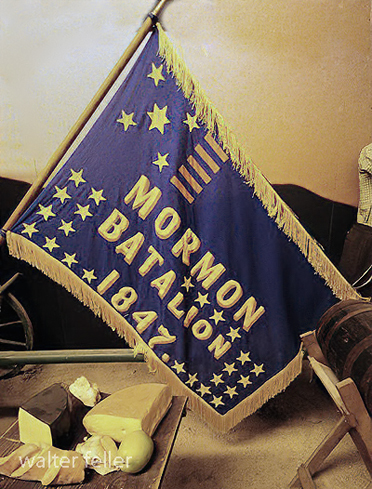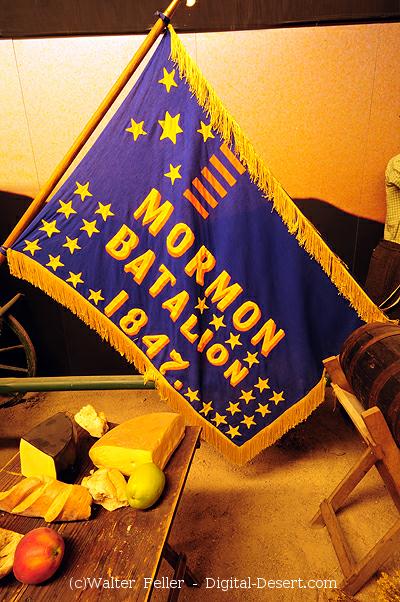
The Mormon Battalion was a unique military unit in American history, formed during the Mexican-American War in 1846. It consisted of about 500 Latter-day Saints (Mormons) volunteers. This battalion was the only religiously based unit in United States military history and was recruited to help the U.S. secure new territories in the American West.
The battalion was mustered in at Council Bluffs, Iowa, and marched nearly 2,000 miles to San Diego, California, one of the longest military marches in history. The journey helped to open new wagon routes in the West and was instrumental in the settlement and development of the region. The battalion never engaged in battle but faced hardships like disease, lack of provisions, and challenging terrain.
The Mormon Battalion is significant for its military contribution and impact on the westward expansion and settlement of the United States, particularly in Utah and California. Its members helped to establish communities and build infrastructure in the West after their military service ended.
After their discharge in 1847, members of the Mormon Battalion played a significant role in the history of the Mojave Desert and the broader American West. Their journey and subsequent activities helped to establish and improve trails across the desert, facilitating the movement of people and goods.
Some of the discharged members of the Mormon Battalion, along with other Mormons, were instrumental in developing the Southern Route, also known as the Mormon Road, through the Mojave Desert. This route later became critical for settlers moving to California, especially during the Gold Rush. They improved the trail, making it more passable for wagons, and established supply stations along the way, vital for the survival of travelers crossing the harsh desert environment.
Additionally, these battalion members engaged in early exploratory and settlement activities. They were among the first U.S. citizens to extensively travel through and document the Mojave Desert region. Their efforts contributed to the mapping of the area and provided valuable information about resources and potential settlement sites.
Their work in the Mojave Desert facilitated westward expansion and laid the groundwork for future economic development in the region, including mining, agriculture, and transportation. Through their endeavors, the discharged members of the Mormon Battalion left a lasting legacy in the development of the American Southwest.


